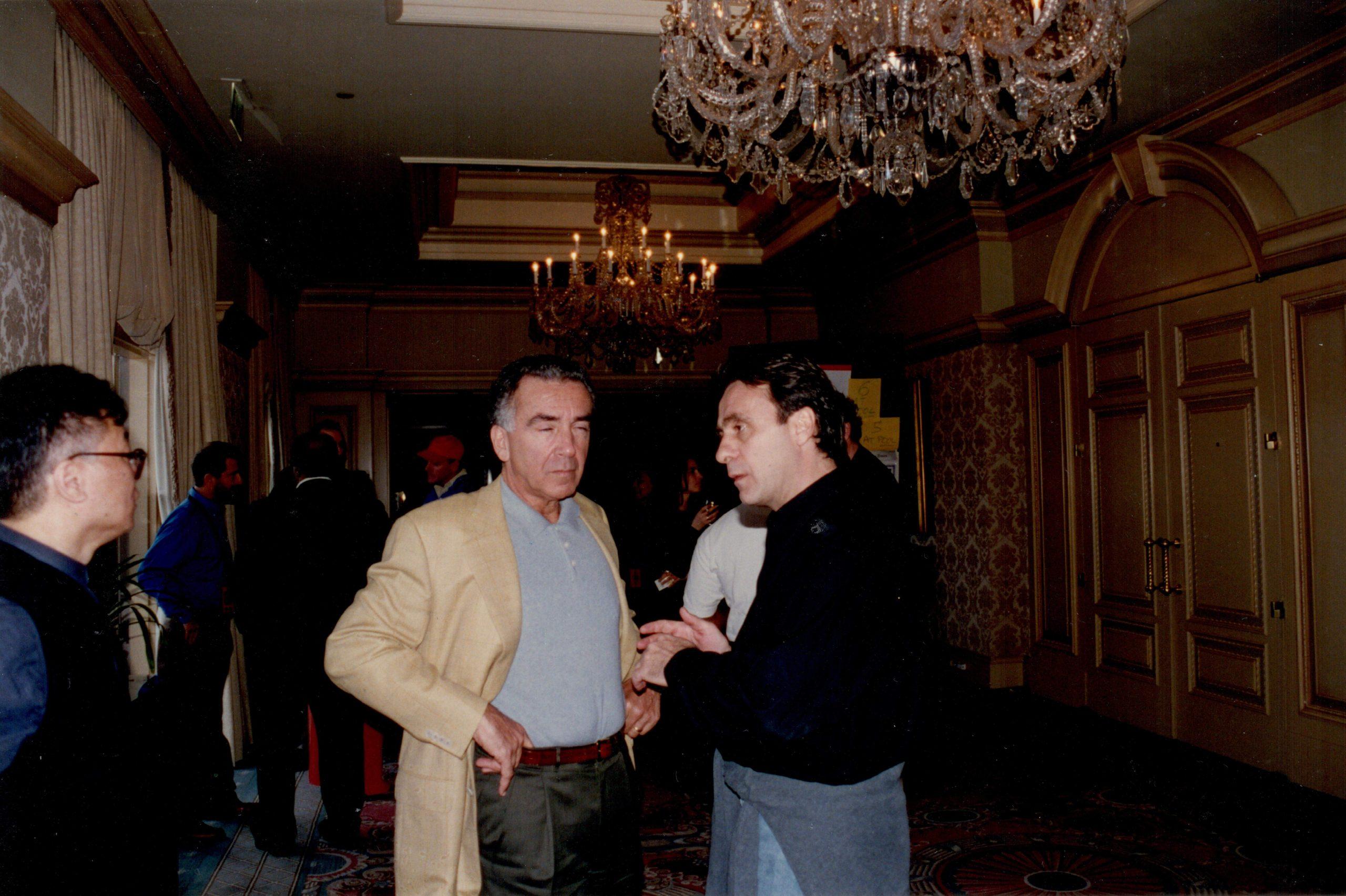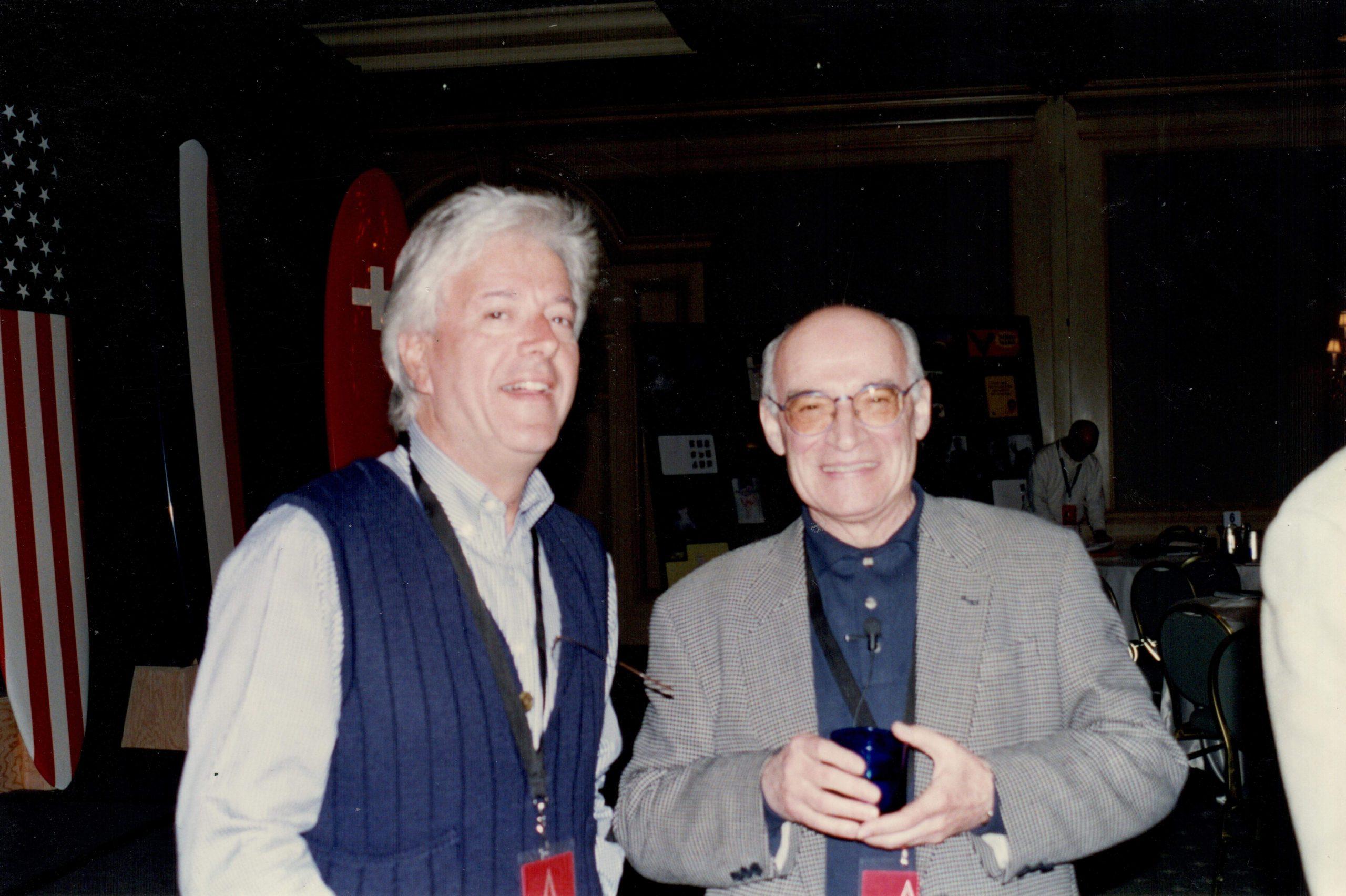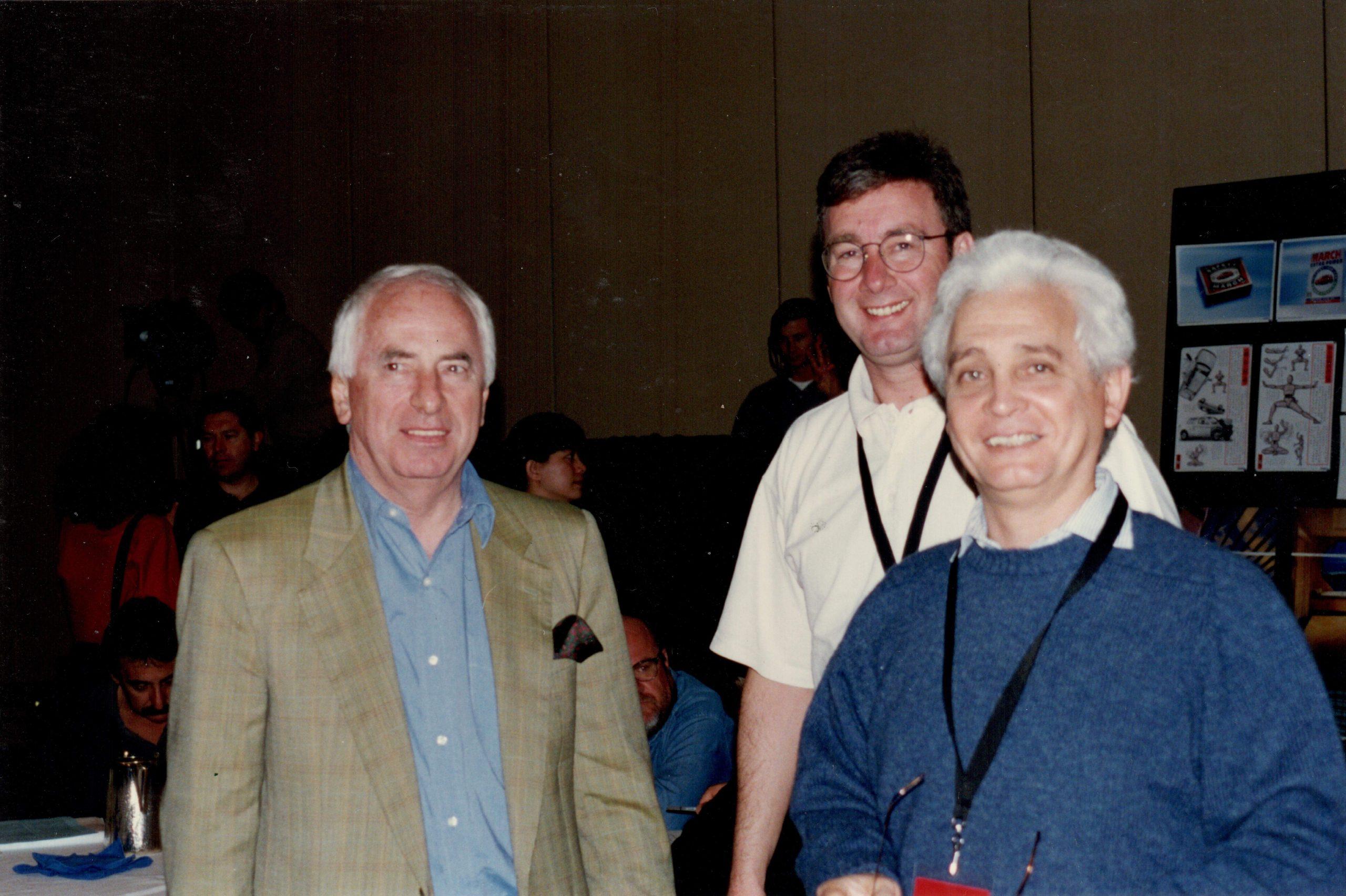Lady Luck never failed to show up when she was needed at Intermarkets. When we complained about not having a high-spending cigarette account, we received news – on the same day – of winning Winston and Silk Cut. And when we thought there were no more global agencies left for us to tie up with, Proctor Colquhoun, our man in London, quickly identified BDDP and introduced the French agency to us. Then he rang again to introduce another agency called TBWA.
We approached this added fortune, which reminded us of the saying “when it rains, it pours”, with extra caution, as transparency was always our obsession. The immediate next step was investigating TBWA without making much noise, and it was good that we used such a strategy, since matters converged later.
In late 1970, Bill Tragos, Claude Bonnange, Uli Wiesendanger and Paolo Ajroldi resigned from Y&R and established the first European agency network[1] with a name composed of the first letter of each of the founders’ surnames. The Paris-based agency was founded to solve a problem facing European agencies, which were largely tied to their domestic markets due to cultural and linguistic consideration. Meanwhile, American agencies – who had spread all over Europe – had failed to liberate their hearts from New York and Chicago. It was normal that these agencies, which had set up shop in Europe to service clients such as Ford, Coca-Cola, and P&G, always concentrated on giving priority to such clients.
The four TBWA partners had complementary skills, as Tragos was responsible for management, Claude Bonnange was a strategic planning pioneer, Uli Wiesendanger was the creative, and Paolo Ajroldi took the responsibility of account management. At Y&R, the four had had such a good relationship with media owners that they offered TBWA nine million French francs’ worth of advertising space free of charge, which they used to run a campaign announcing the launch of the first European advertising network.
In the first year of operations, TBWA opened a second office in Milan. Then in the following year, it opened offices in Frankfurt and London. In 1981, TBWA won the Absolut Vodka account and it managed to increase its sales from 100,000 liters to more than 30 million within a period of nine years. The Absolut campaign confirmed TBWA’s reputation as one of the world’s most creative advertising organizations of the time.
In 1990, the Omnicom Group made the four partners an offer they couldn’t refuse, and TBWA became an American network in terms of majority ownership. This change in identity was consummated in 1995 when Omnicom chose TBWA to be the partner of the newly acquired Chiat/Day, a West Coast agency that had become famous for its iconic work on Apple and Energizer batteries. In 1998, TBWA was merged with BDDP which, to the luck of Intermarkets, eliminated our concerns over which of the two gods we would serve.
We were invited to a meeting by TBWA, as it wanted to be better acquainted with the candidate agency it was considering tying up with in the Middle East. The meeting was to take place with a gentleman named Keith Smith. As we completed our preparation for the meeting, our investigation revealed that Smith used to be a partner at a London agency called Holmes Knight Ritchie/WRG, which had been acquired by TBWA in 1989. Soon after he became a part of TBWA, Smith moved out of the London office to settle in Brussels, where he created the TBWA International Team. Smith was a passionate, stylish, intelligent advertising veteran who spent the entire morning preaching to Erwin Guerrovich and me about the work that TBWA had produced for some of the biggest and smartest clients, all inspired by Disruption, which is the unique central pillar of the group’s philosophy. Smith then moved on to explain how TBWA had evolved from being exclusively European to become the only real international agency, as its center of excellence was neither Brussels, Paris, New York, or Chicago. Its centers of excellence were spread around the world, even in Africa.
While Smith was providing us with his rich explanation, Erwin and I could not stop glimpsing at the fascinating baroque design on the ceiling of his office, which was in a classical Belgian building in the heart of Brussels. It’s funny how this memory continues to linger in my mind, 41 years after that visit.


